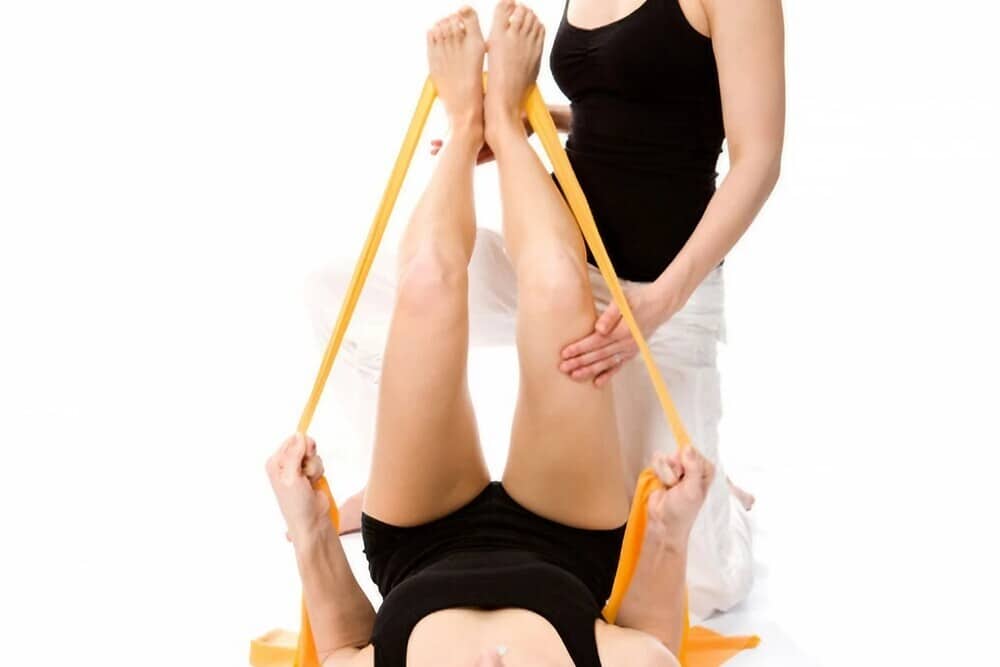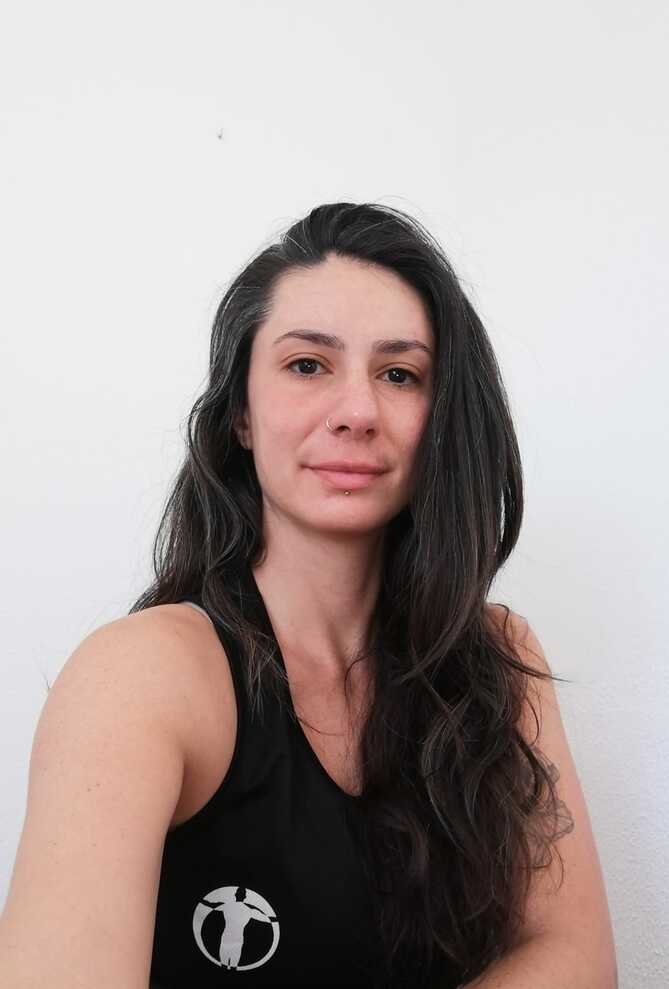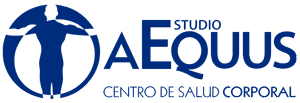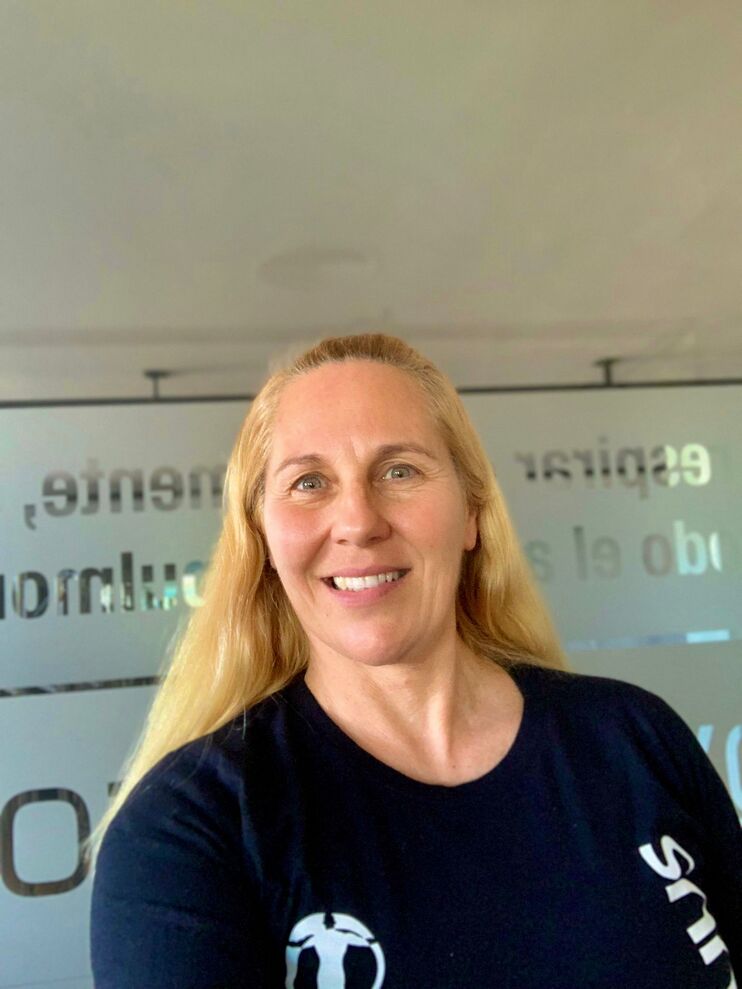What is the RGM?
GMR, short for global rehabilitation in motion, is a therapeutic approach that uses body movement as the primary tool to promote recovery and improved well-being.
Unlike traditional rehabilitation methods that focus solely on static exercises, RGM incorporates dynamic and functional movements to optimize results.
The RGM approach focuses on the individuality of each person and their ability to move efficiently and without restrictions. Movement is considered an essential part of life and lack of movement can lead to dysfunction and deterioration of health.
In RGM, a variety of techniques and tools are used to help patients improve their movement and function. These may include stretching, muscle strengthening, balance and coordination exercises, as well as manual therapy and joint manipulation techniques.
In addition to working on the physical body, RGM also focuses on the emotional and mental aspects of rehabilitation. It is recognized that stress, anxiety and other psychological factors can affect a person’s recovery and overall well-being. Therefore, relaxation, breathing and mindfulness techniques are incorporated into the treatment to help patients reduce stress and improve their mood.
GBR is used to treat a wide range of conditions and injuries, including sports injuries, chronic pain, musculoskeletal disorders, stroke and neurological injuries.

For whom is global rehabilitation in motion intended?
Global rehabilitation in motion (GRM) is a versatile and adaptable therapeutic approach that can benefit people of all ages and fitness levels. Its main objective is to improve the health and general well-being of the individuals who practice it.
Specialized RGM therapists can tailor rehabilitation programs to your individual needs, helping you recover effectively and safely.
In addition to being beneficial for injury recovery, RGM can also be an ideal option for those who wish to improve their flexibility and mobility. As we age, it is common to experience a decrease in flexibility and range of motion.
Stress is another factor that can negatively affect our health and well-being. RGM can be an excellent tool for relieving stress and promoting relaxation. Through breathing exercises and relaxation techniques, RGM can help you reduce stress levels and improve your overall mood.
In addition to the benefits mentioned above, RGM can also be beneficial for people suffering from chronic conditions such as arthritis, back pain or fibromyalgia.
Therapists specializing in RGM can work in conjunction with other health professionals to develop customized programs that address the specific needs of each individual. These programs may include strengthening exercises, gentle stretching and relaxation techniques, with the ultimate goal of improving patients’ quality of life.
Main benefits
RGM offers a number of benefits for the body and mind. Some of the main benefits include:
- Improved mobility: RGM focuses on functional movement, which helps improve coordination, flexibility and muscle strength.
- Pain reduction: By promoting better postural alignment and correcting muscle imbalances, RGM can help reduce pain and discomfort.
- Increased body awareness: Through RGM exercises, greater body awareness is promoted, allowing for the identification and correction of incorrect movement patterns.
- Stress relief: RGM combines gentle, flowing movements with breathing techniques, which helps reduce stress and promote relaxation.
How RGM works
RGM is performed under the supervision of a specialized therapist who guides the individual through a series of gentle, controlled movements. Each RGM session is tailored to individual needs and capabilities, ensuring a gradual and safe progression.
The key to RGM lies in the attention to detail and precision of the movements. Through concentration and regular practice, RGM participants can improve their balance, smooth movements and improve their posture.
Techniques applied in RGM
RGM uses a variety of techniques to promote recovery and improve overall health. Some of the most common techniques used in RGM include:
- Pilates: Pilates exercises are used to strengthen core muscles, improve stability and promote better posture.
- Stretching: Gentle stretches are used to improve joint flexibility and mobility.
- Breathing techniques: Conscious breathing is used to increase oxygenation of the body and promote relaxation.
- Functional movements: Movements based on everyday activities help improve coordination and muscle strength.
Rely on Estudio Aequus for your rehabilitation
If you are looking for a safe and professional place to receive global rehabilitation on the move, trust Estudio Aequus. Our team of specialized RGM therapists will guide you through a customized program that addresses your specific needs and goals.
At Estudio Aequus we believe in the importance of approaching the body as an integrated whole and working to improve both the physical and mental well-being of our clients. We invite you to visit us and discover the transformative benefits of global rehabilitation in motion!
Your rehabilitation specialist

María José Sosa
- Pilates Mat Training, Personal Pilates, UY, 2013 Pilates in Pregnancy, Personal Pilates, UY, 2014 Reformer, UY, 2014
- Rehabilitation and injury prevention, UY, 2016-2017 Specialization in ankle – knee – hip, ES 2022.
- Currently undergoing a new Pilates Mat & Studio training with Isaac Hernandez’s XTensal, 2022-2023.

